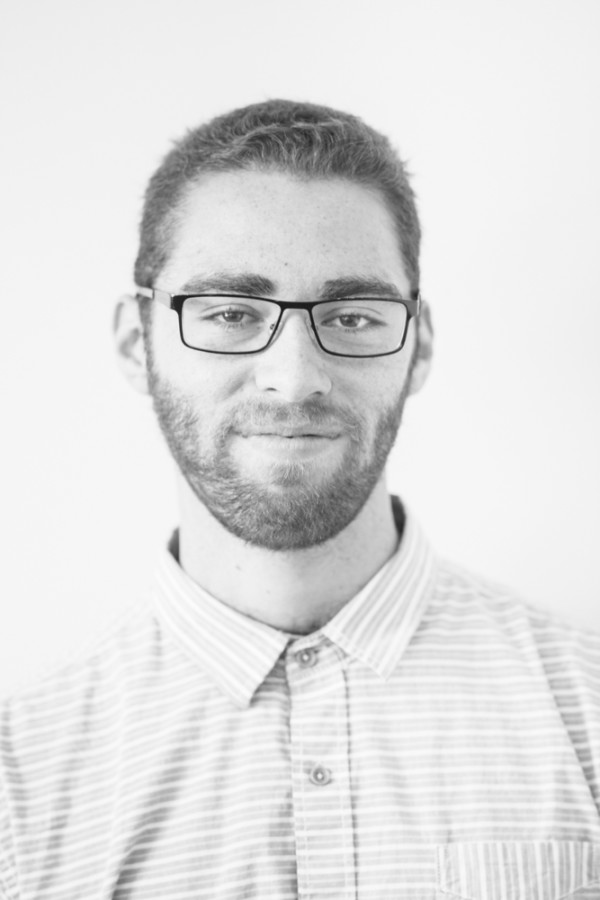With Travel Photos, Less is More
October 1, 2015
In the words of Pierre Bernardo, “To travel is to evolve.” Plucked from familiar surroundings and cut off from our everyday routines, travel provides us a chance to re-invent ourselves in unique ways. It yields fruitful experiences that push our boundaries and challenge who we think we are and what we know about the world. But we live in a visual culture that demands we document every moment of our existence to the detriment of more meaningful engagement: “Pics or it didn’t happen.”
In recent decades Southeast Asia has seen an explosion of travelers. Its popularity has grown especially among young adventurers, with good reason: the region has a wealth of historical, natural, and cultural treasures; it’s inexpensive; and it has some of the best food on the planet.
Unfortunately though, the “backpacker culture” that has existed in the region since the hippie trail of the ‘60’s and ‘70’s has morphed into a strange, self-indulgent, Instagram-ing beast. Our flower power predecessors left home seeking adventure, enlightenment, drugs, and their own identities—no doubt many of the same reasons people are compelled to travel today.
Modern backpackers, however, are armed to the teeth with gadgets and guide books, maps and iPhones, Yelp reviews and travel blog posts; all of which make information more accessible and travel easier, but they also simultaneously distance travelers from their surroundings and shift focus from the unadulterated experience to capturing and documenting that experience.
The New York Times article “The Documented Life” uses the selfie as an example:
“Technology doesn’t just do things for us. It does things to us, changing not just what we do but who we are. The selfie makes us accustomed to putting ourselves and those around us ‘on pause’ in order to document our lives. When you get accustomed to a life of stops and starts, you get less accustomed to reflecting on where you are and what you are thinking.”
Wrapping ourselves up in capturing our travels and trying to prove what a good time we are having robs us of the opportunity to have an authentic experience in a new environment. We think in terms of what will look good on Instagram rather than allowing ourselves space to absorb and reflect. The article goes on to say, “We don’t experience interruptions as disruptions anymore. But they make it hard to settle into serious conversations with ourselves and with other people because emotionally, we keep ourselves available to be taken away from everything.”
Travel blogs that offer unrealistic representations of the world further fuel the obsession with documentation. They inundate us with carefully culled images of happy travelers and picturesque locales. Post after post details incredible experiences, wild nights and spontaneous friendships with fascinating individuals. They perpetuate the societal myth that travel will instantly transform a person into a cultured and interesting individual with no effort on their part. These blogs neglect to mention the less glamorous aspects of travel, setting us up to feel that if our travel experience is anything less than exhilarating and enlightening, we have failed. It’s no wonder the modern traveler feels compelled to show everyone what a great time they are having on social media.
Don’t get me wrong—there is nothing inherently bad about taking photographs. They serve as reminders of good times and new friends. They connect our loved ones back home to our experiences. They make for better mementos than silly knick-knacks. The problem arises when we are so distracted trying to capture every moment that we forget the point of travel is not to document and show others how cosmopolitan we are, but to allow new cultures and environments to change us. We take too many photos, diluting each of their individual values as a consequence.
So if you are considering traveling in the near future, whether to Vietnam for three months or to San Francisco for one, by all means, take photos. But do so sparingly and with intention. When you feel your hand creeping toward the camera, resist, ask yourself if you really need another picture. When it comes to photography, less really is more.





